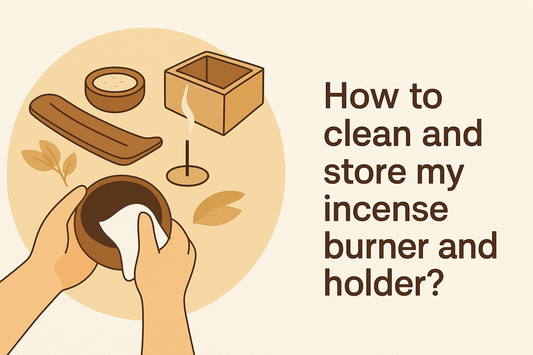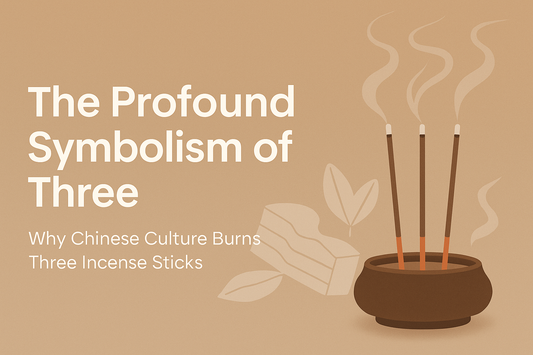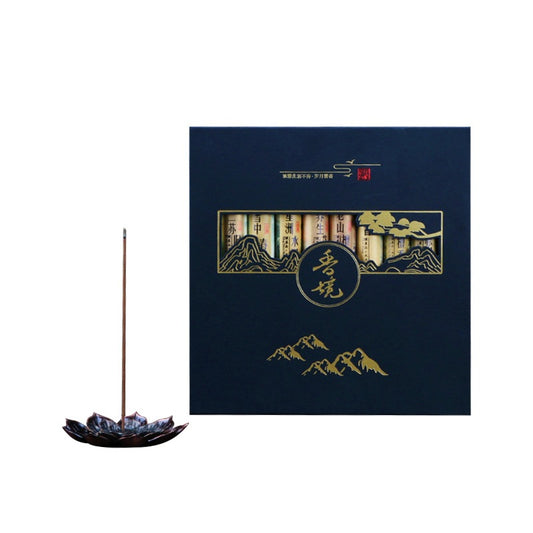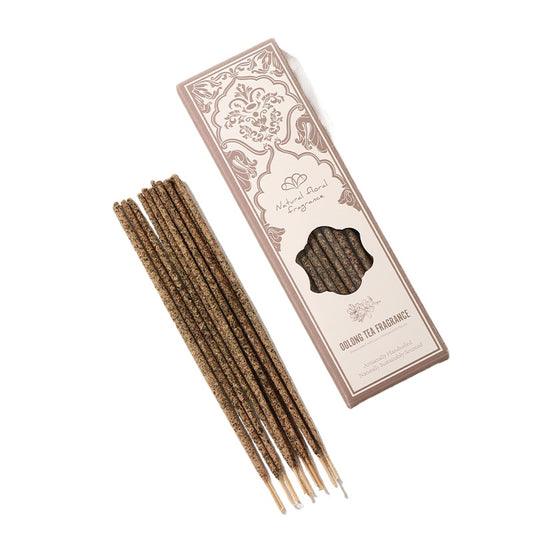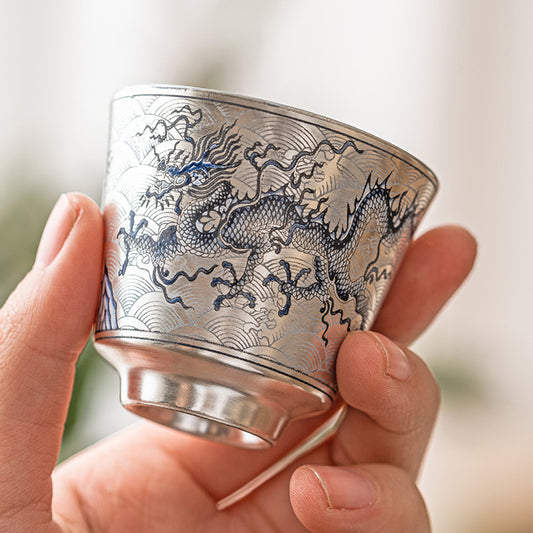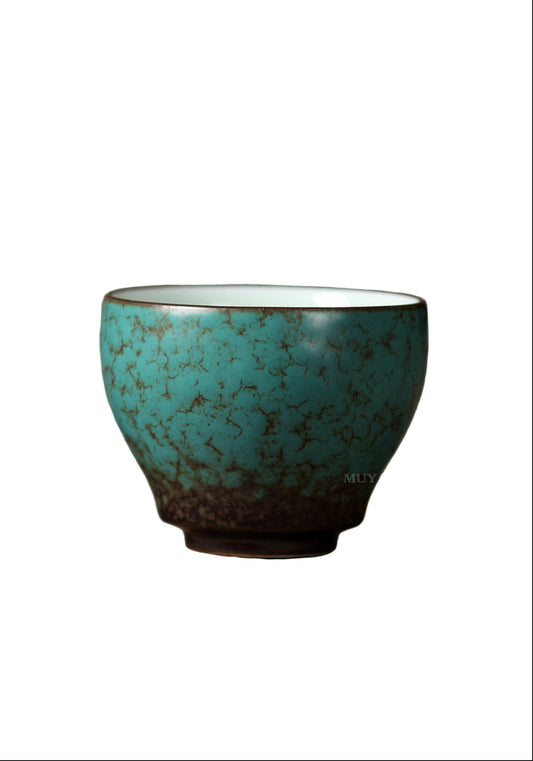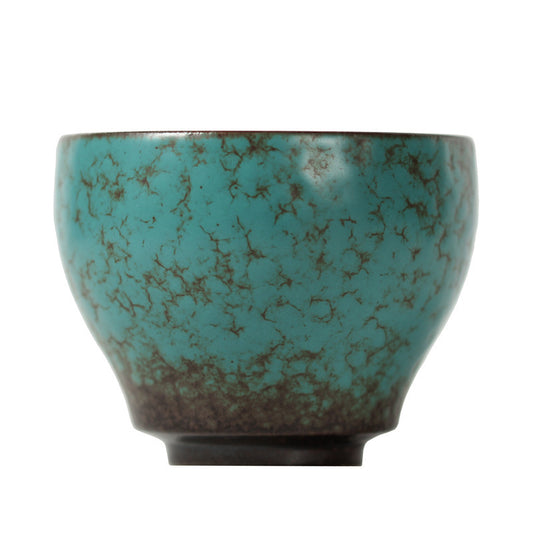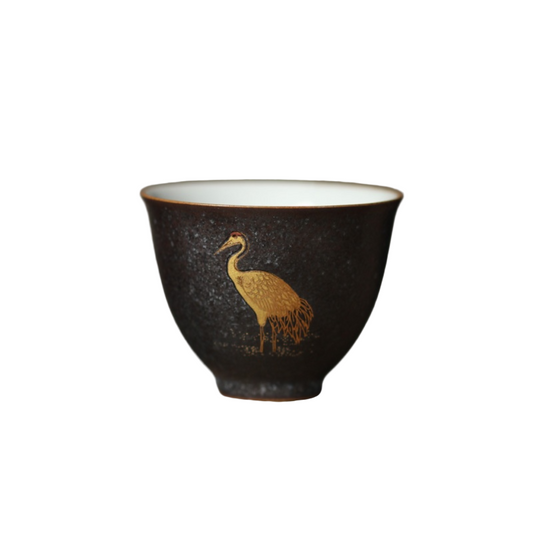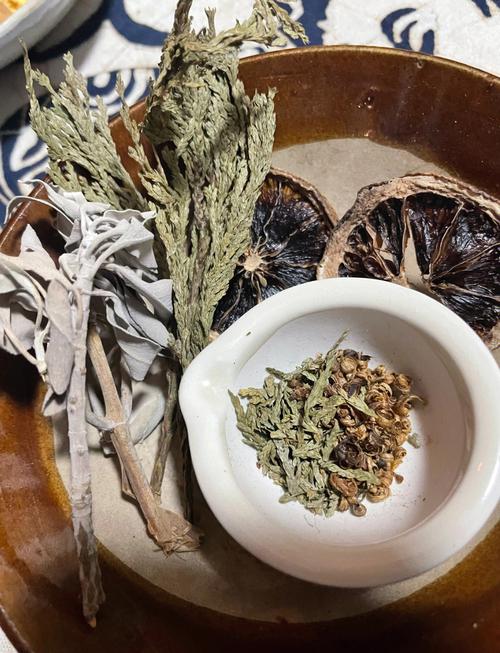
A Fragrant Path Through Time
A Fragrant Way Inward
Incense is more than a scent—it is a gesture of presence, a breath of calm in a restless world. For centuries, sacred aromas have anchored minds, marked rituals, and offered spaces for inward reflection.
In Zen tea rooms, temples, and now homes, incense forms a subtle bridge—between the outer and the inner, the ordinary and the sacred. It reminds us: stillness is not absence, but fullness in silence.
The Four Sacred Scents
Agarwood
Formed when a tree heals, agarwood releases a deep, resinous aroma. It is revered for its grounding effect and is often used in meditation, purification, and spiritual clarity rituals.
Sandalwood
Smooth, warm, and lasting, sandalwood opens the senses and softens the mind. Known as the “wood of compassion,” it fosters serenity, loving-kindness, and inner stability.
Borneol
Sometimes called “ice incense,” borneol is used to clear stagnant energy. Its barely visible smoke uplifts and awakens. In traditional rituals, it represents lucidity and mental freshness.
Musk
A rare and potent binder, musk gives incense depth and pulse. Ethically sourced musk is used to support intention, energize space, and awaken subtle awareness.
Rituals of Scent, Moments of Mindfulness
Incense invites stillness. Whether through formal ceremony or simple morning habit, it teaches us to breathe with awareness.
- At dawn: Light sandalwood to welcome the day with gentleness.
- Before focus work: Choose agarwood to clear distraction and center the mind.
- At dusk: Use lavender or vetiver to soften transitions into rest.
- In offering: Burn three sticks—one for presence, one for purpose, one for all beings.
Each ember is a teacher. Let its impermanence mirror our own, and let stillness speak where words fall short.
Harmony Through Form: The Tools of the Way
Incense is shaped not only by scent, but by form. A humble burner, a curved trail, or a ceramic holder speaks to the quiet dignity of ritual. In the Japanese art of Kōdō, form becomes awareness itself.
- Stone or clay burners to root your ritual space
- Kōsen (patterned incense trails) to honor impermanence
- Artisanal blends inspired by fog, cedar, or falling leaves
Creating a Quiet Home
A mindful home doesn’t mean total silence—it means meaningful sound, scent, and gesture. Incense transforms daily thresholds: waking, arriving, parting, returning.
- For calm: jasmine, lavender, frankincense
- For uplift: citrus peel, pine, lemongrass
- For grounding: patchouli, cedarwood, myrrh
Frequently Asked
- What incense supports meditation best?
- Agarwood and sandalwood offer quiet strength and help cultivate attention.
- Is natural incense better than synthetic?
- Yes—natural incense is free from synthetic oils and supports emotional and energetic balance.
- Can incense support better sleep?
- Scents like lavender, borneol, and vanilla can calm the nervous system before rest.
- How should incense be stored?
- In a cool, dry, shaded place—wooden boxes or clay jars protect aroma and quality.
- What’s the best mindset when burning incense?
- Be simple. Be present. Follow the scent like you would a mantra—gently and without force.
Further Reading
Suggested Hashtags
#ZenLiving #MindfulScent #NaturalIncense #StillnessInSmoke #MonianMoments #SacredRitual #AgarwoodAwakening #SandalwoodSpirit




